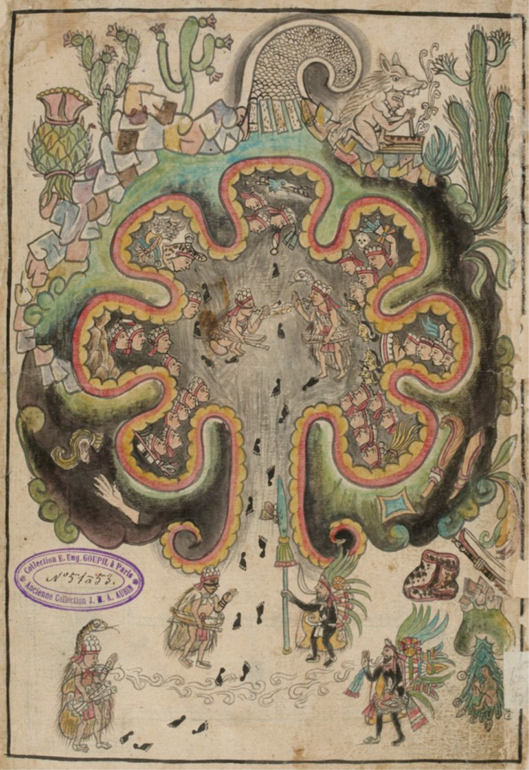
The Seven Caves of Chicomóztoc
topped by Colhuacan, Place of the Ancestors
at the top-center
*
Español
September 15, 2024
by Alberto Aveleyra
More than 80 ancient indigenous books talk about the most important ceremonial site of northern Mexico, a site called Chicomóztoc. Chicomóztoc means "the place of the Seven Caves," or "the place of the Seven Canyons."
For many years archeologists and anthropologists looked for this site. And, because they didn't find it, some of the greatest researchers of Mesoamerica began to say that Chicomóztoc is not a real place. They came to believe that it was a mythological place, only of the mind, like paradise or an island of fantasy.
One day hiking around our Cañada del Virgen I realized that there were seven canyons on one approach to this ancient site. And with this, I began to do research trying to show that Cañada del Virgen could be Chicomóztoc.
The more I learned, the more I became convinced that such was the case. I have devoted the last several years to proving it is so. I had to go against the mainstream; to show that established ideas about the literature are wrong, and that the historical sources of these ancient people are correct; that Chicomóztoc is real and that it's here in San Miguel.
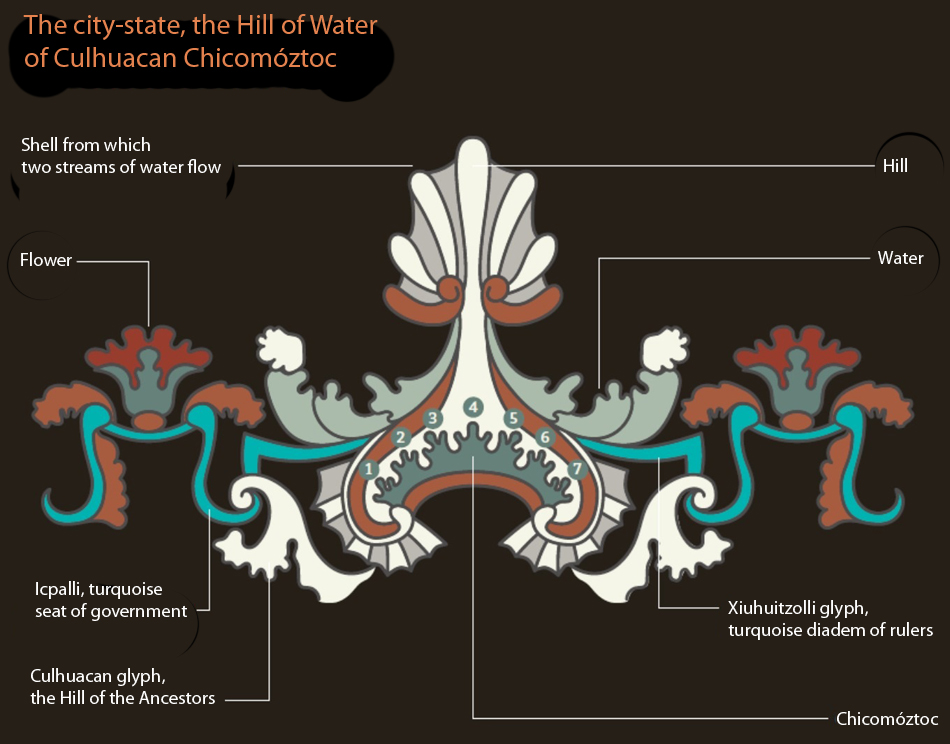
At the entrance of the seven canyons I found an archaeological site. Over the archaeological site are the ruins of an indigenous colonial chapel. In the destroyed walls of the chapel I found a hieroglyph with a curved hill and seven canyons. It is exactly the same as the Chicomóztoc hieroglyph.
The most prominent feature of Cañada de la Virgen is the burial of two females, an adult and a child, whose remains were carried around for 1000 years before being interred on the pyramid there. These are "the ancestors." And in the pilgrimage approach to Cañada de la Virgen we traverse the Seven Canyons
Colhuacan, whose hieroglyph is a curved hill, means Place of the Ancestors. In Cañada de la Virgen then, we have the Place of the Ancestors, the two burials on the top of the pyramid, and The hill of the Seven Caves, the Curved Hill.
Cañada de la Virgen, then, is literally the only archaeological site in Mexico that we have archaeological data to affirm that this is the place of the ones that have ancestors.
This hieroglyph is located exactly at the entrance of the Seven Canyons. So in a way this hieroglyph is confirming that these seven canyons are Chicomóztoc.
We have archaeological data that confirms the Place of the Ancestors and we have topographical data that confirms the name of the Seven Caves. And that is what Arqueología mexicana, the most important magazine of archaeology in Mexico published in my article in May of this year.
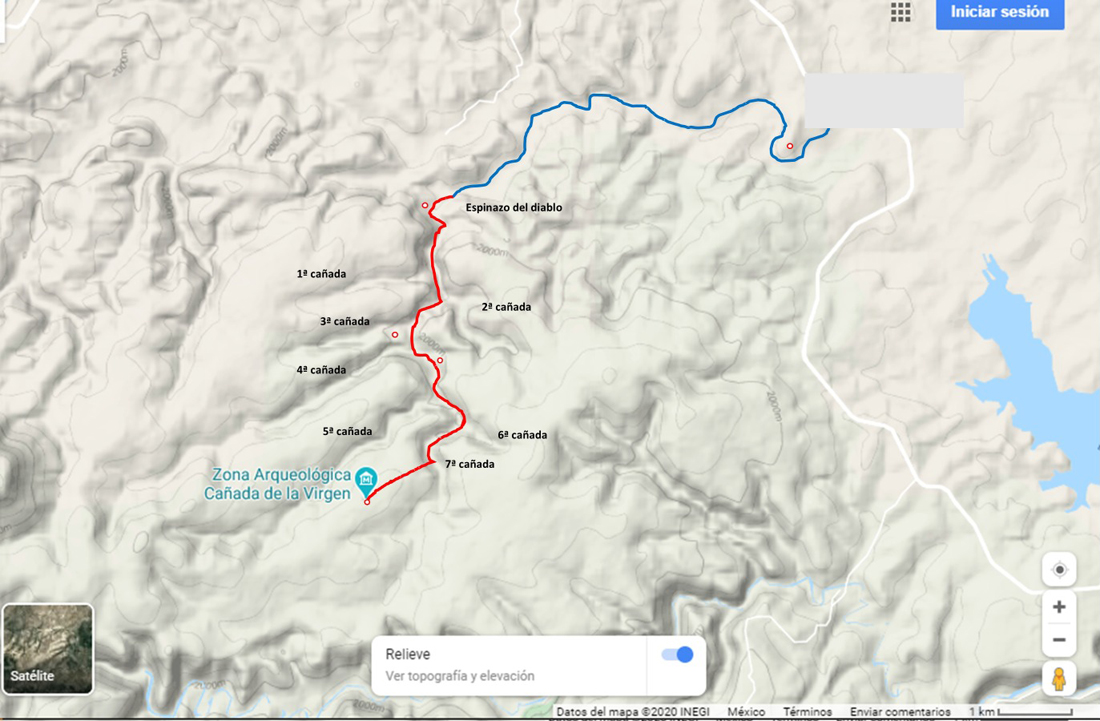
Cañada de la Virgen is probably the birthplace of Nahua hieroglyphic writing. The earliest evidence of Nahua writing we have anywhere else is from the 14th century. But what we are finding here dates back to the beginning of the 8th century, five centuries before the specialists thought that the writing system started.
Chicomóztoc is the site where many different groups, the leaders of many different peoples, were initiated. And this is one of the reasons that the experts said that it was impossible for Chicomóztoc to be only one place, because it is not possible to have one actual place be referred to by so many divergent, distant cultures.
The Mayas of Guatemala tell that they were initiated in this site, as do the Mayas of Yucatan. The Hopis of New Mexico say that they came to this place, that they call Pupsovi, the Mitrakan people, the Zapotecs and Mixtec of Oaxaca, they also say that they came to this place. So the authorities said that it's impossible that there was only one place; that there must have been many Chicomóztocs.
This is where the DNA analysis of the burials at Cañada de la Virgen comes in. That will be the subject of a future article. But, here I will say that my colleagues are finding that the DNA analysis breaks the idea that it was impossible for the Mayans to come to a northern sanctuary. In fact DNA shows that many ancient peoples came here from many places.
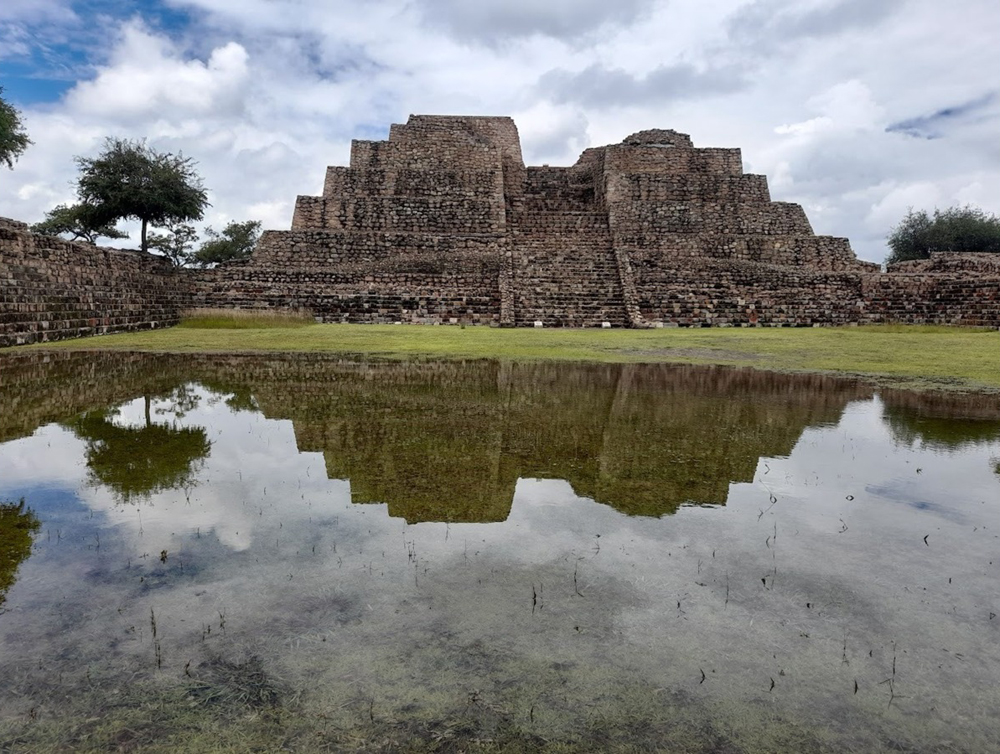
These ancient peoples could access the wisdom, the thousand years wisdom connected with Chicomóztoc, if they made a political and spiritual alliance with the people of Chicomóztoc. They did this through marrying their children with the children of Chicomóztoc's leaders. So what we are seeing is that when pilgrims came here and received this wisdom, they were mixing with the leaders of this place.
What that did for the future was that little by little they were creating a new ruling class that was mestizo (mixed). The Mayans who came here knew that in 20 years their sons were going to be leaders. And that new king had a grandfather who was Mayan, but a grandmother who was from here. So, of course, those new generations of mestizo leaders were going to see the world in a very different way.
**************
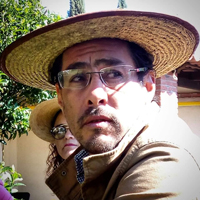
Alberto Aveleyra is Director at Artisans Of Time/Artesanos del Tiempo.
He worked at Tecuani Experts in Tourism and Culture S.C..
He studied at:
World Tourism Organization and Open University of Catalonia; Cultural Policies and Cultural Management at the Organization of Ibero-American States;
International Cooperation for Development and Tourism at the World Tourism Organization, University of Valencia, University of Perpignan, University of Andorra;
National School of Anthropology and History;
Anthropology at ENAH, UNAM;
ESPCM;
Colegio Ciudad de Mexico.
He is from Tenochtitlán, Mexico, Mexico
www.albertoaveleyra.academia.edu/
For tours and more
contact Alberto Aveleyra
415-1000-947
 **************
**************
*****
Please contribute to Lokkal,
SMA's online collective:
 ***
***
Discover Lokkal:
Watch the two-minute video below.
Then, just below that, scroll down SMA's Community Wall.
Mission

Visit SMA's Social Network
Contact / Contactar

